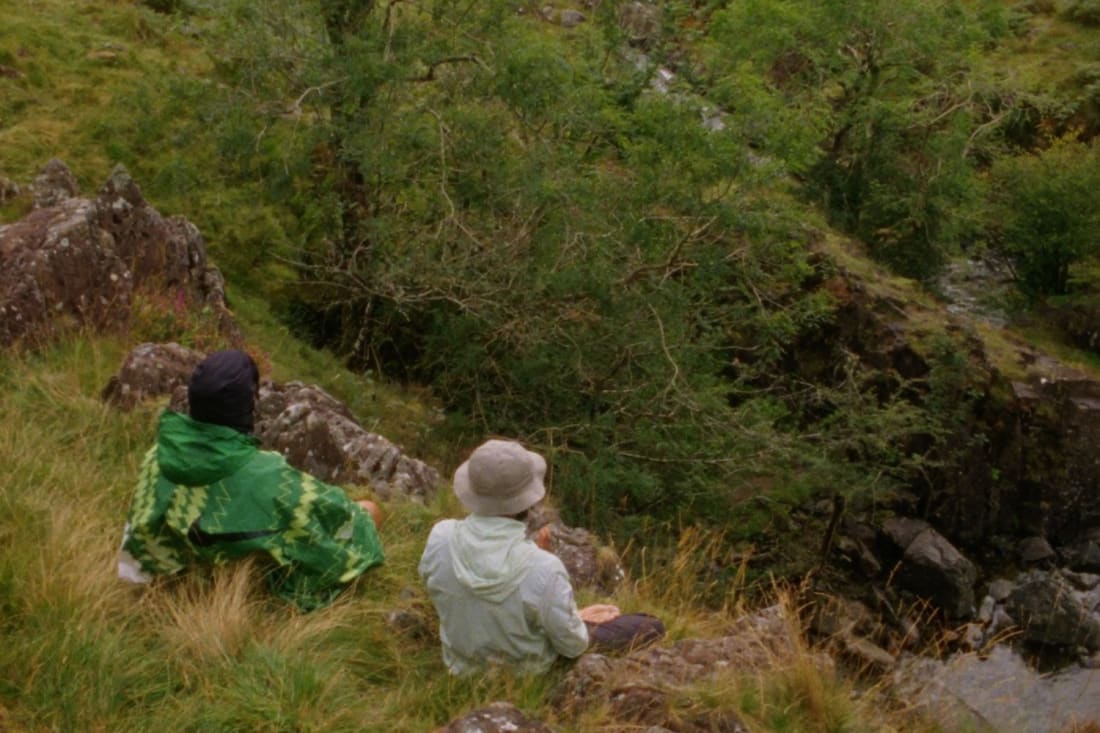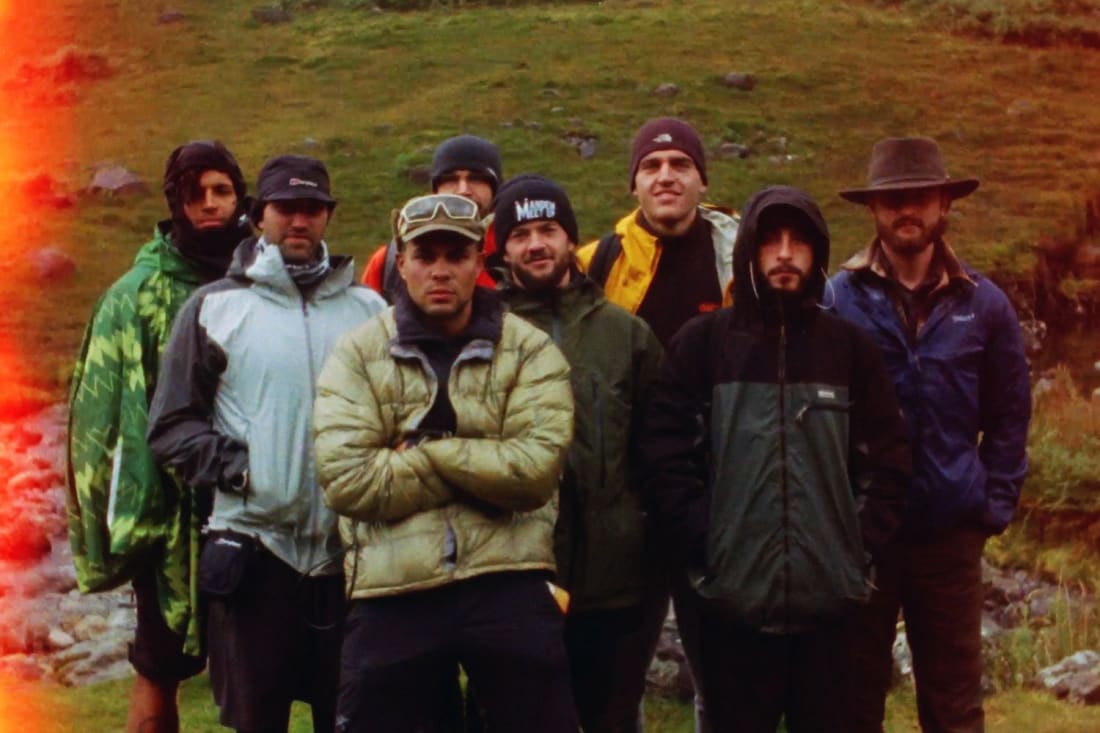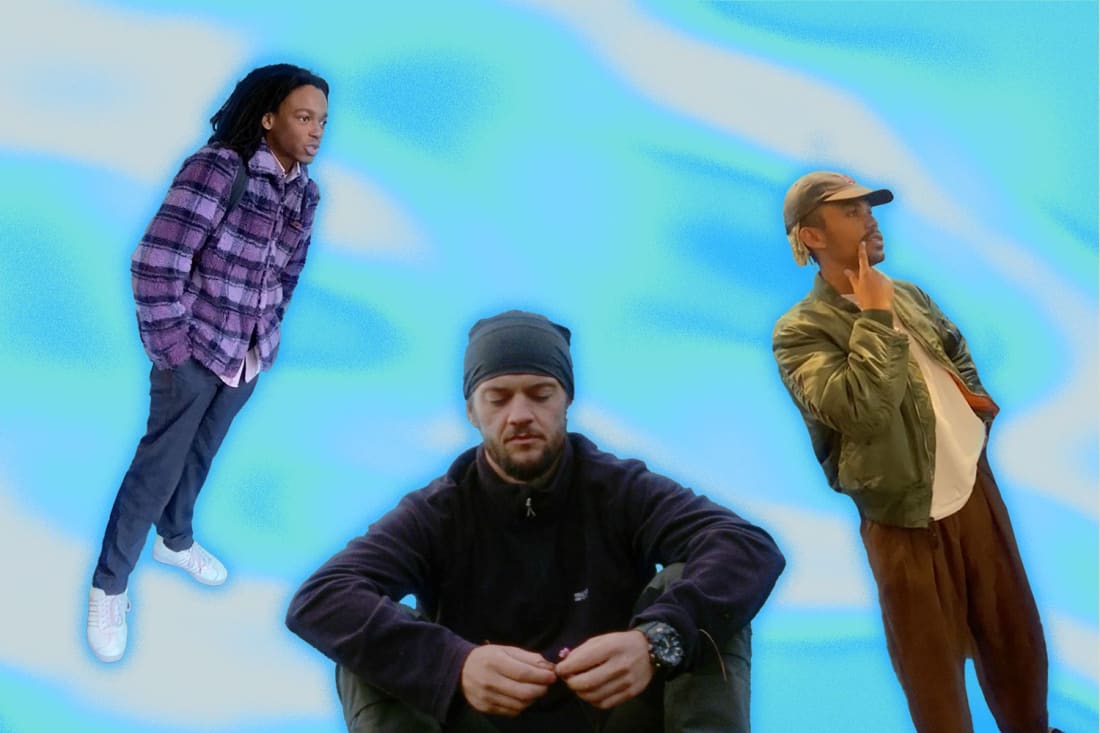Step inside the dream machine
This new installation soundtracked by John Hopkins allows you to “see art with your eyes closed”
This new installation soundtracked by John Hopkins allows you to “see art with your eyes closed”
A new trippy event has just hit the UK: a one-way ticket to your next psychedelic experience. But this time, instead of chemicals inducing your high, it’s an immersive soundscape paired with a series of intense flashing lights (though there's an alternative experience for those with sensitivities to strobe lighting).
The project, spearheaded by Jennifer Crook - a producer and director known for her large-scale, participatory and collaborative art projects in public spaces across the globe - is fittingly called the Dreammachine. And tickets are on sale now.
Crook describes the experience as “an artwork you’re able to experience with your eyes closed.” She tells the BBC that the project is “essentially a flickering light. It's just white light but what this generates inside the mind is an extraordinary world of colours and patterns and shapes, all generated by your own brain."
Participants are given a blanket upon entering the ‘show’ - for lack of a better name - and are asked to lay down on the sofa. The room, designed by the collective Assemble, features full surround sound and can contain up to 30 people. After a five-minute induction, the twenty-minute session begins: transporting the participants into a psychedelic experience.
Legendary producer, Jon Hopkins, is the mastermind behind the atmospheric soundtrack. The powerful 360-degree surround soundscape, which is emitted via 86 speakers, is specifically composed to accompany the experience.
"It was kind of composed in stereo, and then gradually over the last year, we've mixed it in different spaces to more and more speakers, and now it's on 86 speakers in this space. So it's the most immersive possible sound," explains Hopkins.
“The music affects what people see [and] it’s all happening behind closed eyelids. It’s fascinating.” Hopkins notes. “I love the fact that it’s not fully understood. A lot of science neolithic sites have a strong sonic component - like the chambers in the great pyramids resonate on very specific notes and no one knows why. There seems to be some great healing power in there that we need to rediscover.”
The experience has already received positive reviews far and wide. “Seeing such majestic beauty and knowing it is all an illusion created by your brain. This makes you wonder what reality is, if we can so easily produce an antidote to it in our heads. If all it takes is a light pulse to make us see infinity, we’re walking William Blake poems” writes Jonathan Jones, from The Guardian.
How does it work?
To answer this question, we have to look at the science. In essence, the surround sound experience, accompanied by strobing and ambient lights aims to create visual impressions in the mind - even with your eyes closed. No two people experience the event the same, some see single blocks of colours whereas others see patterns. The experience is founded on a psychological theory called “revelation by flicker” - coined by British neuroscientists William Grey Walter in the mid-1900s.
In Walter’s research, he found that bright flashing lights can create visual hallucinations which research - in typical convoluted and neuroscientist fashion - call ‘stroboscopically-induced.’ The theory concludes that flickering lights can impose a beat to the rhythm of the brain, especially in regions associated with vision. That might sound a bit ‘out there but the event has received wide backing from the scientific community.
"What's happening in the Dreamachine is that the light is in training with this natural alpha rhythm of the brain,” said Anil Seth, a neuroscientist involved in the project. “It's also a rhythm that we tend to observe in the brain when people are feeling relaxed. And by doing this in ways that I have to say, we still don't completely understand, that gives rise to these vivid visual experiences that people have." She continued, highlighting how she hopes the project will advance our understanding of the human brain.
The event is part of the art festival, Unboxed, running in four locations. London 10 May - 24 July, Cardiff 12 May - June 18, Belfast 25 July - 4 September, and Edinburgh 13 August - 25 September. You can find out more about the event and book tickets here



